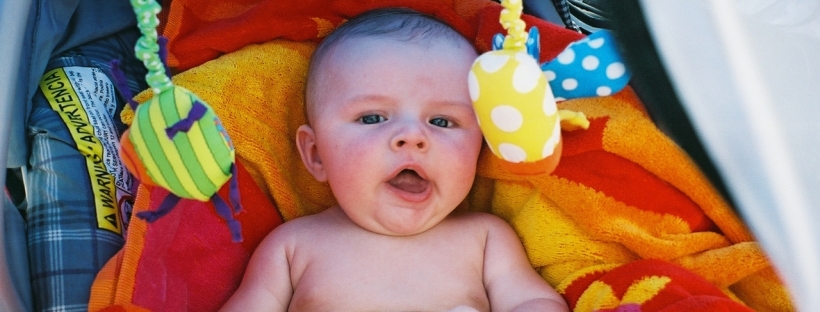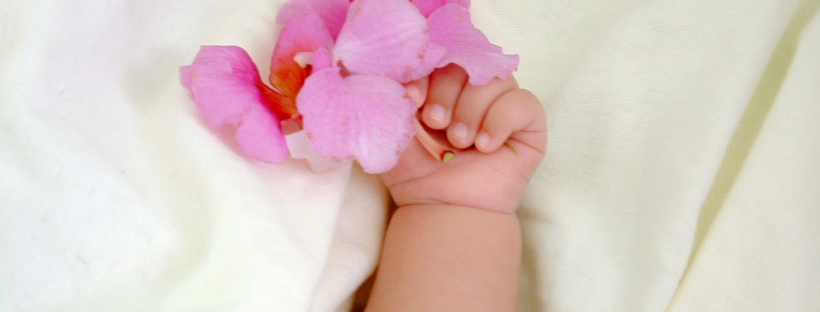In one study, 4 month olds who received an 8 minute massage performed better on early memory and sensory skills tests. Ideas on baby massage:
- Make sure the environment has no additional stimulus in the background (aka TV) and that the temperature of the room is warm and comfortable for him. You ideally want skin-to-skin contact. If comfortable with using, you can use small amounts of oil for massaging, such as vegetable oil. Aim to massage for 8 minutes at least.
- Start by massaging her head very gently- do not apply too much pressure in this area. Try massaging in lines down her muscles of her arms and legs and circular movements over her joints. Then gently extend her arm and leg at the end of her massage. Rub her belly gently in the direction of her colon- clockwise. Aim for at least an 8 minute massage.









